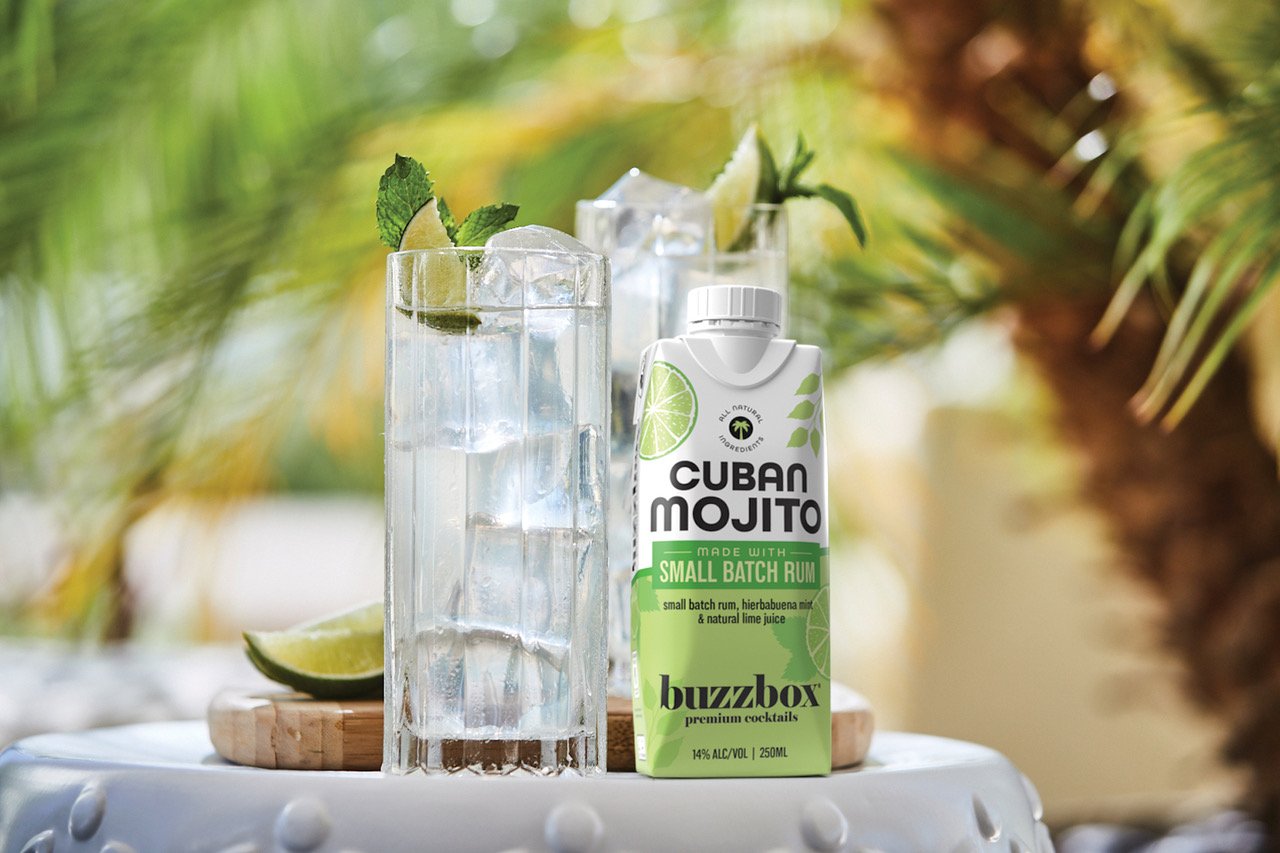How California's Bottle Bill Might Encourage Greater Recycling of Spirits Bottles
For individuals and industries, going green is a long game. As the daunting effects of climate change becomes an everyday reality—heat waves across the world this summer broke 7,000 records across the globe in what is becoming a grim annual tradition; wildfires in Europe encompassed 1.6 million acres; flooding in Pakistan left the nation’s entire agriculture belt under water—more and more people and companies are making changes both large and small.
The federal government recently passed a climate bill, pledging $370 billion to reduce emissions across the U.S. by 40% by 2030, a hard-fought accomplishment that many environmental activists still feel falls far short of the mark. California, meanwhile, is arguably doing more than any other state in the union to combat climate change. It has codified goals to be carbon neutral by 2045, and ban the sale of new gas-powered cars by 2035. Because California’s economy is the fifth-largest economy in the world, these progressive moves will have an impact that isn’t just felt across the country, but across the globe.
In late August, the California Legislature passed SB 1013, which includes spirits producers in what has been dubbed the “bottle bill.” The bill essentially adds wine and distilled spirits to the state’s container deposit system beginning July 1, 2024. The bill allocates millions of dollars to programs aiming to increase recycling rates, collect more containers and develop new companies adjacent to the business of recycling. It also means individuals can redeem regular bottles for $0.10 a pop.
Parsing the details of SB 1013 is about as sexy as describing a root canal, but, like the dental procedure, it’s a small, but essential step toward improving the overall health and well-being of, in this case, the spirits sector.
Why Recycling Is Essential
Glass can be recycled endlessly, without impacting quality. The process of turning that used glass bottle of whiskey into a new glass bottle takes as little as 1 month. But if it ends up in the dump, it can take up to 1 million years to break down completely in a crowded landfill.
For every ton of glass that is recycled, more than a ton of raw materials required to make a new glass container can be saved, according to the Glass Packaging Institute. Making new glass also requires energy, and while creating new glass from recycled does too, the latter process consumes an estimated 40% less than creating it from raw materials.
Currently, it is estimated that less than 30% of wine and spirits bottles in California are recycled, SB 1013’s sponsor, state Senator Toni Atkins, wrote in a report.
The Industry Rallies Behind the Bill & Other Eco Efforts
There’s no reason people can’t recycle their bottles; they just often choose not to. The Distilled Spirits Council of the United States is hoping that this bill changes that, and makes more of the estimated 1.3 billion bottles of wine and spirits sold in California annually end up back in the circular economy, instead of a landfill.
Adam Smith courtesy of DISCUS
“There isn’t much of a challenge or barrier to recycle spirits bottles,” says Adam Smith, VP of state government relations at DISCUS. “These bottles are recycled curbside along wine bottles, but there isn’t currently a redemption credit for spirits bottles. This bill simply incentivizes spirits bottle recycling in an effort to increase the rate at which consumers recycle.”
Producers are hoping the bill inspires more people to go green, but they are simultaneously pushing themselves to do better on energy and sustainability writ large.
At Brown-Forman in Louisville, KY, which encompasses classic spirits brands like Woodford Reserve and Old Forester, and produces around 25 million cases annually, sustainable packaging has become a priority.
“We are focusing on increasing our recycled content, optimizing package weight, and ensuring that our primary packages are reusable or recyclable,” says Andy Battjes, director of global sourcing at Brown-Forman. “By increasing the amount of packaging that is recycled, we increase the availability of material that can be recycled into new packaging. We are committed to reducing the environmental impact of our product packaging while working towards a more circular economy.”
The Indio, CA-based cocktail producer buzzbox, meanwhile, was launched in 2011 with sustainability part of its core mission. So much so, they don’t even offer their drinks in bottles.
“The buzzbox carton is 100% recyclable,” says the company’s founder and CEO, Rod Vandenbos. “The signature lightweight Tetra Pak cartons are made primarily from paperboard in a 250mL format. The new plant-based cap is made from plastic derived from sugar cane, which further increases the renewable content of the buzzbox’s carton packaging from Tetra Pak.”
In 2021, buzzbox opened a 65,000-square-foot zero-waste manufacturing and production facility in the Coachella Valley.
“After only six months, the zero-waste production system has provided sizable environmental value including saving hundreds of thousands of gallons of water and emitting 80% less emissions than a standard plant of similar size,” Vandenbos says.
Rome wasn’t built in a day, and we won’t save the planet with one bottle bill. But every plodding step toward greener choices, by individuals, industries and governments will get us closer. Here’s to hoping that more individuals will opt-in to the circular economy with SB 1013’s help.



